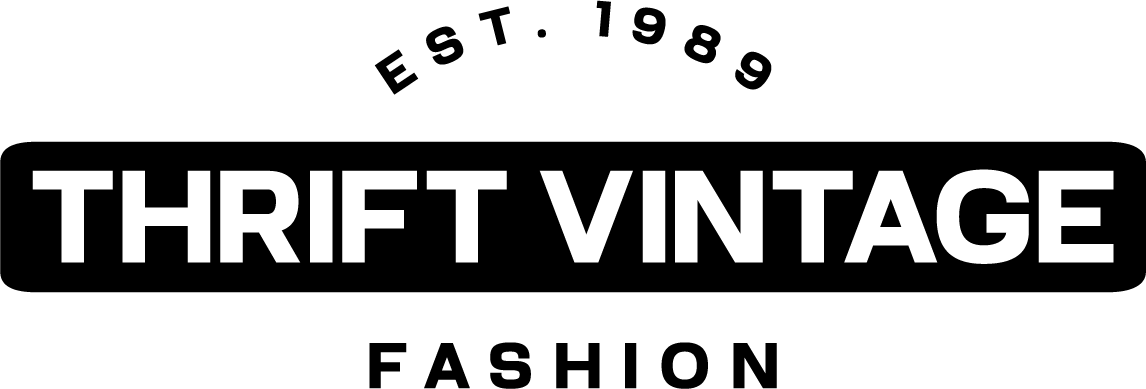
The Journey of Donated Clothing: Transforming Lives and Fashion Sustainability
Donation bins have become a popular way for people to give back to their communities and support sustainable fashion practices. When we deposit our unwanted clothing into these bins, we often wonder about the fate of our donations. We will explore the intricate journey of donated clothing, shedding light on the transformative impact it can have on individuals, the environment, and the thriving world of thrift stores.
- Sorting and Categorization: Once clothing is dropped into a donation bin, it begins its transformative journey. The first step involves meticulous sorting and categorization. Trained volunteers or dedicated employees sort through the donated items, separating them into different categories based on their quality and usability. Among these categories, a significant portion is designated as "credential clothing," which refers to garments suitable for further distribution and resale. We made an informative video on our instagram go over how we source vintage clothing. How wholesale vintage is source Part 1 and Part 2.

- Credential Clothing and Rag Houses: The selected credential clothing items move on to the next phase of the donation process. They are sent to specialized facilities known as rag houses. Rag houses are responsible for sorting the clothing further, ensuring that each garment meets the quality standards for resale. At the rag house, any minor repairs or adjustments needed to enhance the clothing's marketability are made. The garments are then organized and prepared for distribution to thrift stores.

- Thrift Stores and Consumer Access: The credential clothing, once processed by rag houses, finds its way to thrift stores. Thrift stores are retail establishments that offer secondhand clothing and other items at affordable prices. These stores play a pivotal role in extending the life cycle of donated clothing, promoting sustainability, and providing budget-friendly options to consumers. The clothing is meticulously displayed, making it accessible to shoppers seeking affordable and stylish pieces. From vintage treasures to trendy fashion finds, thrift stores offer a diverse range of options for fashion-conscious individuals.

- Environmental Benefits and Circular Fashion: Donation bins and the subsequent journey of donated clothing contribute to fashion sustainability and environmental benefits. By diverting clothing from landfills, these initiatives help reduce textile waste and minimize the environmental impact associated with the production and disposal of garments. The act of donating clothing extends its lifecycle, promoting circular fashion principles and reducing the need for new clothing production. Through this process, individuals actively participate in sustainable practices and reduce their carbon footprint, fostering a more environmentally conscious society.

- Empowering Consumers and Promoting Fashion Diversity: The journey of donated clothing not only benefits the environment but also empowers consumers. Thrift stores offer an opportunity for individuals to express their personal style while being mindful of their impact on the planet. Shopping at thrift stores allows consumers to discover unique, one-of-a-kind pieces that contribute to their individuality. By supporting thrift stores, consumers actively participate in a sustainable fashion ecosystem and help foster a diverse and inclusive approach to personal style.
The journey of donated clothing is a multifaceted process that encompasses transformative impact, fashion sustainability, and consumer empowerment. From the careful sorting and categorization to the distribution to thrift stores, each step plays a crucial role in extending the lifespan of donated garments. By supporting thrift stores and engaging in circular fashion practices, individuals can embrace sustainability, promote fashion diversity, and contribute to a more environmentally conscious future. So, the next time you donate your clothing, remember the remarkable journey it undertakes, benefiting individuals, the environment, and the thriving world of thrift stores.
